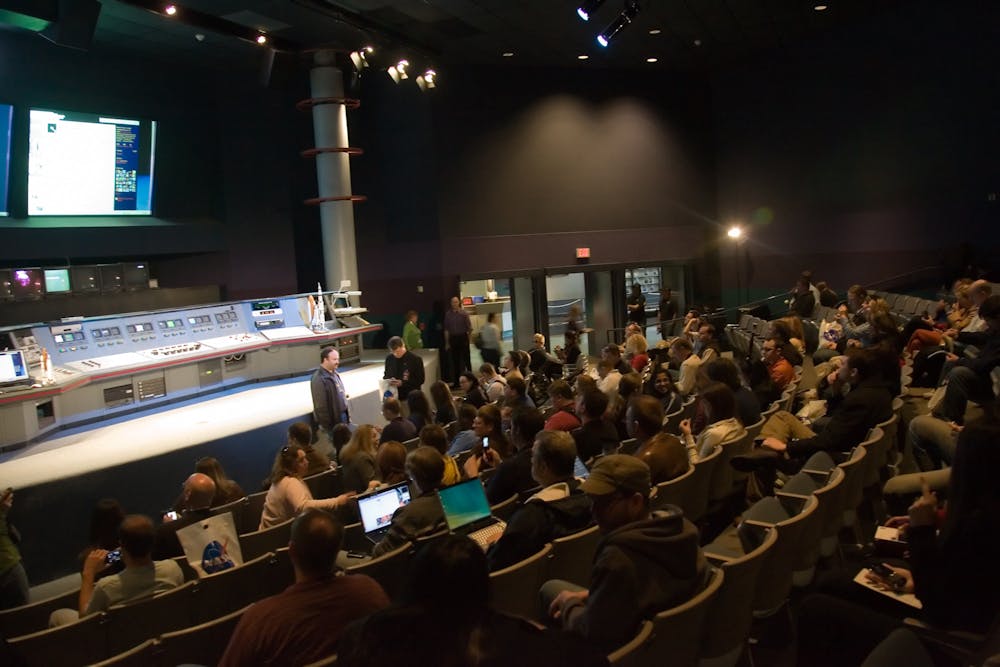Octavia Feliciano
Staff Writer
At approximately 5:34 a.m. EDT on Oct. 16, Lucy, NASA’s newest probe, launched from the Cape Canaveral Space Force Station in Florida. Lucy is on a mission to gather data from Jupiter’s previously unexplored Trojan asteroids.
NASA’s press release about the launch details what astronomists hope to discover from the mission. The Trojan asteroids are remnants from the formation of planets, and as such their topography and composition hold clues to better our understanding of the solar system’s origins.
Hal Levison, Lucy’s principal investigator, told CBS News: “These [asteroids] really are the fossils of what planets formed from. We understand planets formed as these things hit each other and grew, and these are the leftovers of that. So if you want to understand where the solar system came from, you have to go to these small bodies.”
While Lucy’s launch is an exciting step forward to better understanding our corner of the universe, it will still be quite a while before scientists begin to receive data on the Trojan asteroids. NASA plans for Lucy’s mission to last 12 years, projecting that the probe will reach the first asteroid in 2027 and the last asteroid in 2033.
Levison spoke on this long wait in NASA’s press release: “It will still be several years before we get to the first Trojan asteroid, but these objects are worth the wait and all the effort because of their immense scientific value. They are like diamonds in the sky.”
The New York Times reports Lucy's mission cost NASA $981 million. The Lucy probe itself is about the size of a small car, and when it’s fuel tank is full, it weighs about 3,300 pounds.
There are four primary instruments mounted on the probe, according to CBS. These include the Lucy Long Range Reconnaissance Imager (L’LORRI), a powerful telescopic camera; L’Ralph, an apparatus designed to detect organic compounds; the Lucy Thermal Emission Spectrometer, effectively a thermometer that will measure temperatures on the asteroids’ surfaces, and a specialized terminal tracking camera that will be used for multiple purposes, including capturing wide-angle images of the Trojan asteroids.
Lucy was the name given to the 3.2 million year old remains of a female human ancestor found in Africa. NBC reports that NASA chose to name their probe after the long-dead human ancestor, because they hope that as she provided insight into early humans, their Lucy will provide insight into the early solar system. Paleoanthropologist Donald Johanson described it as an “intersection of our past, our present and our future” to NBC.
Hal Weaver of John Hopkins University leads the team that oversees L’LORRI, and he expressed his excitement to start collecting data to CBS, “L'LORRI is going to provide detail as small as about eight yards across. It's just going to be amazing to see these objects at that kind of resolution. What are we going to see? Are there mountains, valleys, pits, mesas? Who knows? I'm sure we're going to be surprised."







